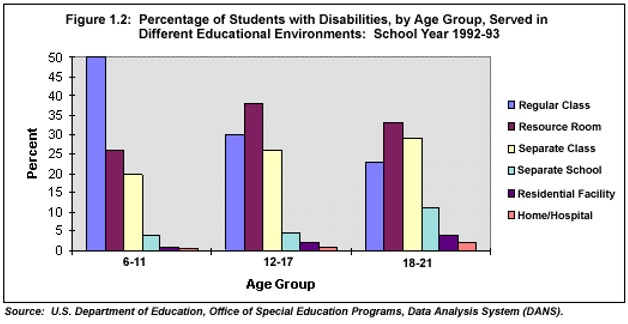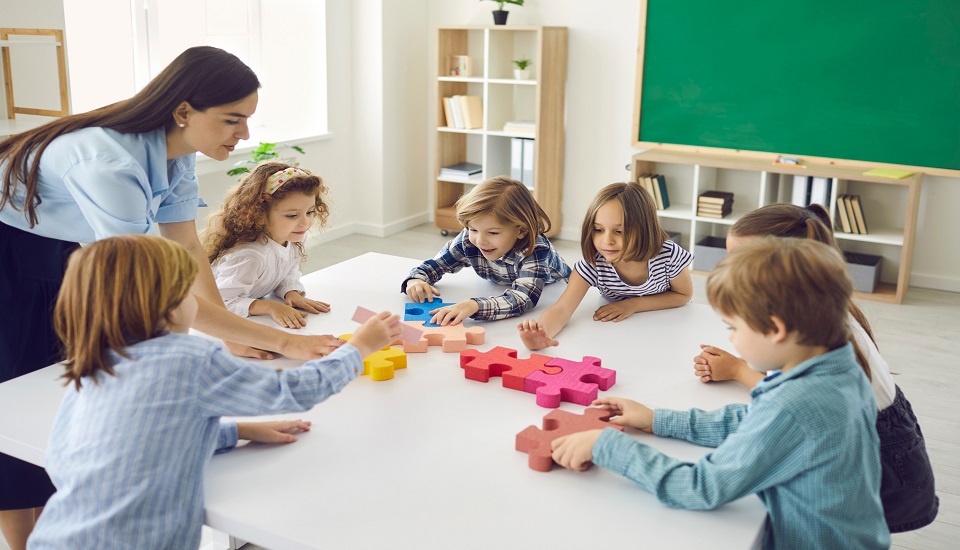Teaching students with special educational needs is more than just a profession. You need to have an understanding mind and a loving heart to be efficient and effective as a special educator. Additionally, you are bound to face challenges and regardless of whether you have completed special education courses for teachers, you should still be aware of the various scenarios that go within the everyday classroom. You will have to deal with unique students who have unique needs and not forget the dreadful IEPs. Amidst so many duties and job responsibilities, one thing that you also need to take care of is SPED rooms.
What Are SPED Rooms?
So, what exactly are SPED Rooms?
Before moving into how to schedule your SPED sessions, first, understand what exactly these rooms are for.
SPED Rooms, also known as Special Education Resource Rooms are separate settings within a classroom. It can either be in a small, designated space within a room or you can have completely separate resource rooms. In such rooms, teachers either deliver lessons to an individual or a small group of children with special educational needs. These spaces act as a placement as they remove gifted children from the general setting and focus on imparting special instruction.
The students who are shifted to these special classrooms require a little more attention and are allocated this room for a certain part of the day. Special education teachers along with resource room teachers work together to cater to the needs of individual students and often take care of their IEPs. As educators, you can use these rooms in a variety of ways including assisting with homework offering instruction representing a child's alternate social space, and holding personal meetings.
Hey, do you follow us on Social Media? We regularly share upgraded educational content, tips, feedback and more. Check us out by clicking the profiles here - Facebook / Twitter / LinkedIn / Pinterest / Instagram / YouTube
What Is The Purpose Of SPED Resource Rooms?

Source: sites.psu.edu
There are several reasons why SPED rooms are beneficial for students, take a look:
- Students have access to learning materials that better suit their capabilities and style
- Teachers understand what setting works best for the students to support their learning
- Students tend to focus better and grasp the new concepts that are taught
- Learners also have the flexibility to go over the study materials at their own pace
- Since each student receives undivided attention, they learn better while being more engaged and participative
Build Successful SPED Schedules With These 5 Tips
Here are 5 ways to build a successful SPED schedule and ensure a high-functioning space for your learners:
1. Color Code
If you want to keep your students organized and engaged, this is a fun way to do so. Assign a particular color to each student. And on a particular day ask them to bring work boxes, binders, PECs, schedules, cover sheets, etc that represent the color allotted to them. This technique will allow visual support to your learners and you can sort each student's files easily.
2. Timers And Stations
To provide undivided attention to every student, this again is another fruitful way. Give 15 minutes to each student and when the timer is up ask each one of them to check their schedules. They will have their visual schedules either pasted in their notebook or stuck on the wall. Once they have checked their schedule, ask them to match the same color items together.
3. Repeated Practice
As students with special educational needs, it is only normal for them to depend on their teachers and facilitators for growth and development. Hence the best thing you can do is make them independent. Find activities that can be completed without any help or support. These chores can include listening to music painting, building blocks, watching a video, etc. Also, remember that perfection cannot be attained overnight and that repeated practice is required. Once the students learn the importance of being independent they will learn better without any interruption.
4. Movement Breaks
As special educators, you are aware that movement is a huge part of your learners. They cannot sit still in one place and hence require the freedom to move around. Since this is their natural body reflex, you should not try to restrict their movements instead find activities that facilitate this. Having a healthy balance in your classroom can prevent them from getting agitated or irritated. Therefore, provide a 10-minute movement break between each activity to help them restore their energy and go about the rest of the day smoothly. You can include activities like exercising, dance, yoga, etc and they can be introduced after lunch or snacks.
5. Patience Is The Key
One of the biggest attributes that you need to possess as a special educator is being patient. Since you have already done a course before entering the classroom, you are pretty aware that your learners are not going to be like the regular ones. This can often be discouraging as you might feel none of your strategies are working. However, with students with special educational needs, it is always just a trial and error-process. What works for your students today might not work the next day. So, ensure not get demotivated and adjust and modify your schedules as and when needed.
Build Successful Schedules For Your SPED Rooms
Students with special educational needs might require a little extra time to complete their everyday chores. This highly depends on their learning disabilities such as autism, ADHD, and more. To understand the needs of the students better, it is recommended to undergo special education courses for teachers. With this, you can stay organized, communicate with the students, and offer proper guidance and instruction.
We believe education should be accessible for everyone. That’s why we don’t charge for our blogs. Find the right course that will help you in your career with us, contact us at - 1800 - 212 - 6400. You can mail us at act@asiancollegeofteachers.com.
Written By : Sanjana















